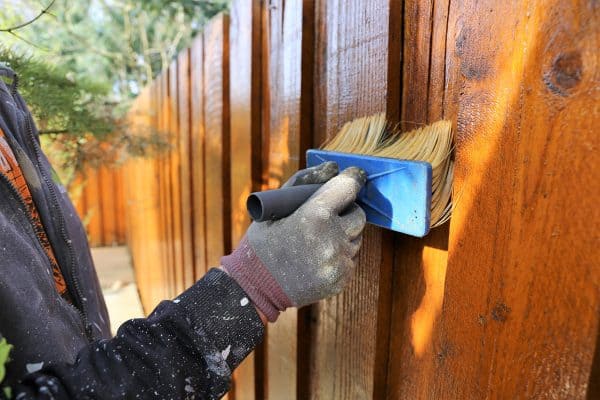When it comes to installing a fence, there are two main options: stepped and racked. Both have their own benefits and drawbacks, so which is the best option for you? Luckily, we've done comprehensive research to see the main differences between the two.
Stepped installation involves attaching the fence panels perpendicular to the posts, creating a “step” effect. Racked installation, on the other hand, involves attaching the fence panels at an angle, so that they follow the contour of the land. Each has pros and cons, making both good options.
To get more ideas about the two fences, keep reading. Besides that, find out here the pros and cons of each installation method.
![Wooden fence with green lawn and trees, Stepped Vs. Racked Fence Installation [Where & How To Use Each]](https://fencefixation.com/wp-content/uploads/2022/06/Stepped-Vs.-Racked-Fence-Installation-Where-How-To-Use-Each-800x1200.png)
What is a Stepped Fence?
A stepped fence is a type of fence that is built-in steps, rather than a single straight line. The most common type of stepped fence is the picket fence, which consists of evenly spaced horizontal boards that are attached to vertical posts.
Each board is slightly offset from the one below it, creating a stepped effect. Stepped fences are often used to create a design feature in gardens or yards, and they can also be used to create privacy by blocking the view of the yard from the street.
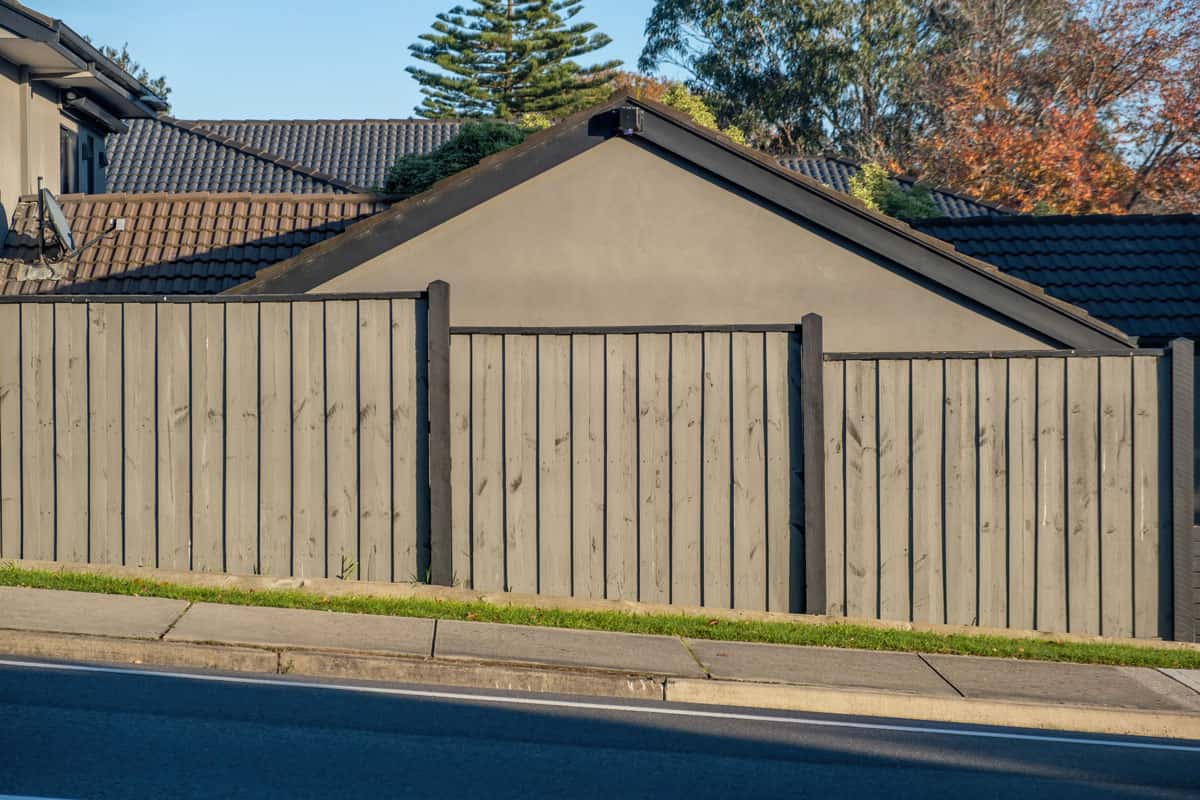
Pros of Stepped Fence
- The biggest advantage of a stepped fence is that it is less likely to blow over in high winds. This is because the weight of the fence is evenly distributed on both sides of the panel.
- Stepped fences are typically more durable than racked fences.
Cons of Stepped Fence
- Stepped fences can be more difficult to install, and they may not provide as much privacy as other types of fences.
- They are also generally more expensive to install, as the posts must be set at different depths in order to create the desired effect.
- Stepped fences tend to require more maintenance than their counterparts, as the soil around the posts can settle over time and cause the fence to lean.
How to Install a Stepped Fence?
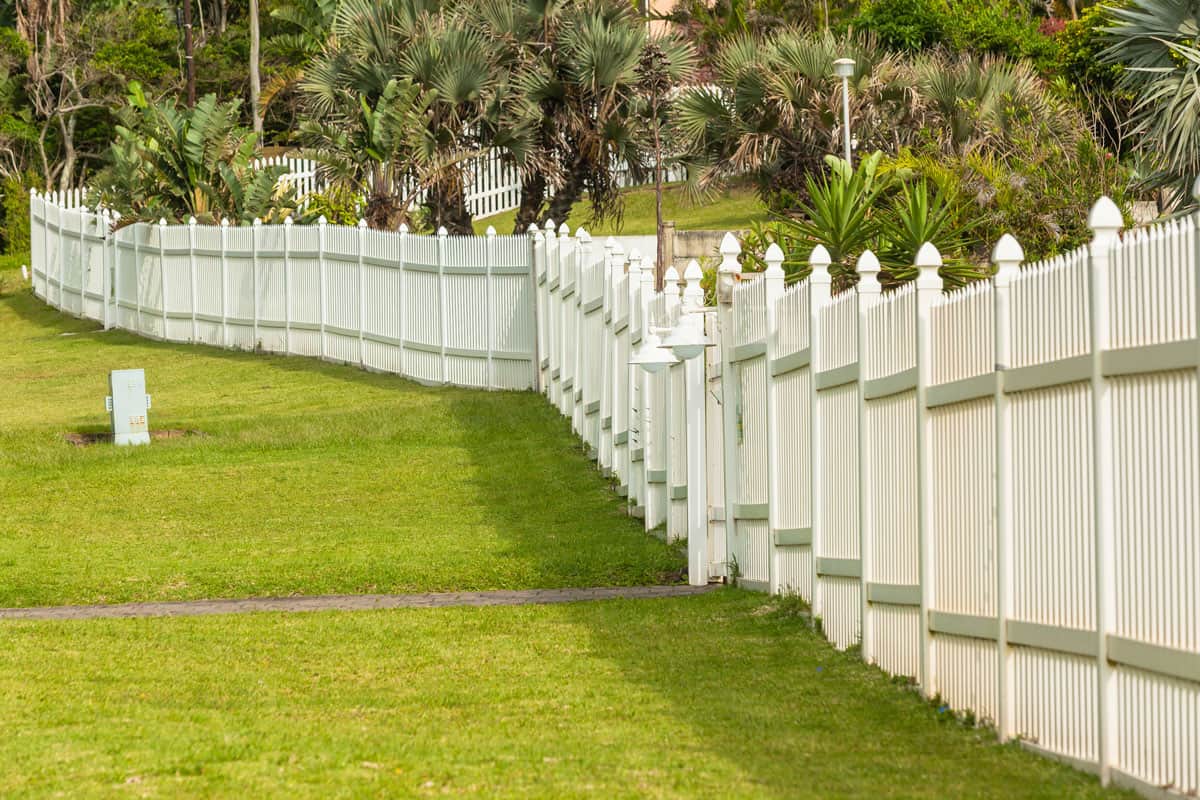
Installing a stepped fence is relatively straightforward, and can be completed in a few hours with the help of a friend or two.
- First, mark out the proposed fence line with stakes and string.
- Then, begin digging the post holes for the first section of the fence. The depth of the holes will vary depending on local building code requirements, but they should be deep enough to allow for at least half of the post to be buried underground.
- Once all of the post holes have been dug, mix concrete and water in a wheelbarrow and pour it into each hole.
- Next, Insert the posts into the holes and use a level to make sure they are plumb.
- Then, attach the rails to the posts using screws or nails.
- Finally, install the pickets or paneling to complete the fence.
Following these steps will result in a sturdy and attractive fence that will last for years to come.
Where Can You Install Stepped Fence?
A stepped fence is a type of fence that is installed in steps, rather than all at once. This can be useful if you have a sloped yard, as it allows you to install the fence without having to level the ground first.
Stepped fences can also be used to create different levels of privacy; for example, you could have a low fence at the front of your property and a taller one at the back.
When installing a stepped fence, it is important to make sure that the posts are level with each other so that the fence looks symmetrical. You will also need to ensure that the gap between each step is uniform, as this will affect how much privacy you are able to achieve.
All in all, installing a stepped fence is a great way to add privacy and style to your property, and it can be adapted to suit any type of landscape.
What is a Racked Fence?
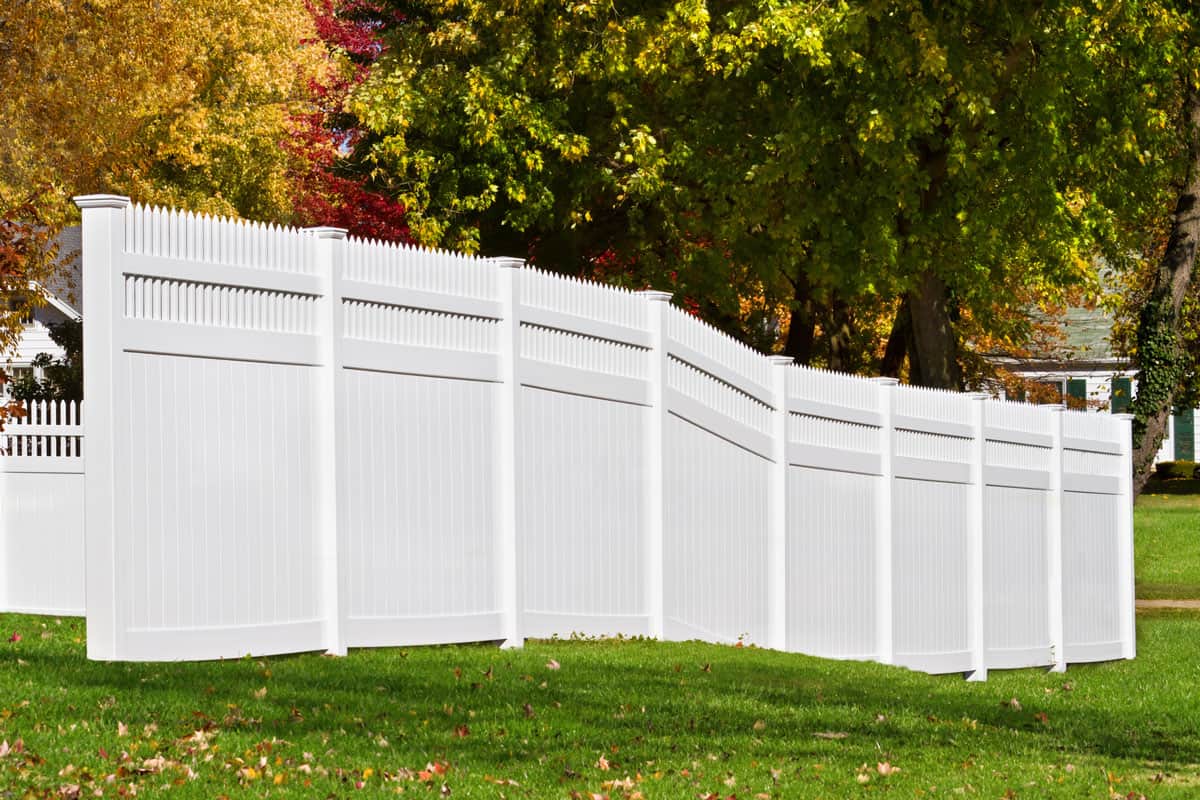
A racked fence is a type of fence that is designed to follow the contours of the land. This type of fence is often used in hilly or mountainous areas, where a traditional fence would not be able to follow the uneven terrain.
Pros of Racked Fence
- Racked Fence can be more aesthetically pleasing since the angle of the panels can give the illusion of more height.
- Racked fences are easier to install on sloped terrain.
- Racked fences are less expensive and also less likely to suffer from structural problems, as the posts are all set at the same depth.
- Racked fences typically provide more privacy than stepped fences.
Cons of Racked Fence
- Racked fences are not as durable as stepped fences and may need to be replaced more frequently
- Since the weight of the fence is not evenly distributed, a racked fence is more likely to blow over in high winds.
How to Install a Racked Fence?
Racked fences can be made from a variety of materials, including wood, vinyl, and metal. But, installing a racked fence can be more challenging than installing a traditional fence. Here are a few tips to help you get started:
- Choose the right material for your needs. If you're looking for a low-maintenance option, vinyl or metal may be the best choice. Wood is a classic option that will require more regular upkeep.
- Measure your space carefully. Racked fences need to be installed at a specific angle, so make sure you measure the space before you purchase your material.
- Follow the manufacturer's instructions carefully. This is especially important if you're using metal fencing, as it's tricky to get the brackets aligned correctly.
With these tips in mind, installing a racked fence is a stylish and practical way to improve your home's curb appeal.
Where Can You Install Racked Fence?
Racked fences are also commonly used around bodies of water, such as lakes and ponds. The ability to follow the contours of the land makes racked fences more aesthetically pleasing than traditional fences, and it also helps to prevent gaps from forming in the fence line.
This can provide a number of benefits, depending on where you install your fence. For example, if you live in an area with a lot of wind, installing a racked fence can help to deflect some of the wind away from your property.
As a result, it can be an ideal solution for properties that are sloped or have uneven terrain.
What is the Main Difference Between Stepped Vs. Racked Fence?
The main difference between the two is that a stepped fence is installed with the pickets (vertical boards) flush against the rails (horizontal boards), while a racked fence is installed with the pickets angled away from the rails. This gives each type of fence a unique look.
Stepped fences are installed in panels that are staggered, or "stepped," in order to follow the shape of the land. Racked fences, on the other hand, are installed in straight lines regardless of the contours of the land.
Besides that, stepped fences are built in a zig-zag pattern, with the pickets alternating on either side of the rails. This gives the fence a “stepped” appearance.
Racked fences, on the other hand, are built with the pickets parallel to the rails. This allows the fence to “rack” or follow the contour of the land.
So, the main difference between stepped and racked fences is in their appearance and how they are installed. Stepped fences are more traditional in appearance and are typically used when the land is relatively level. Racked fences are less visible from a distance and are often used when the land has a significant slope.
How to Choose Between Stepped and Racked Fence?
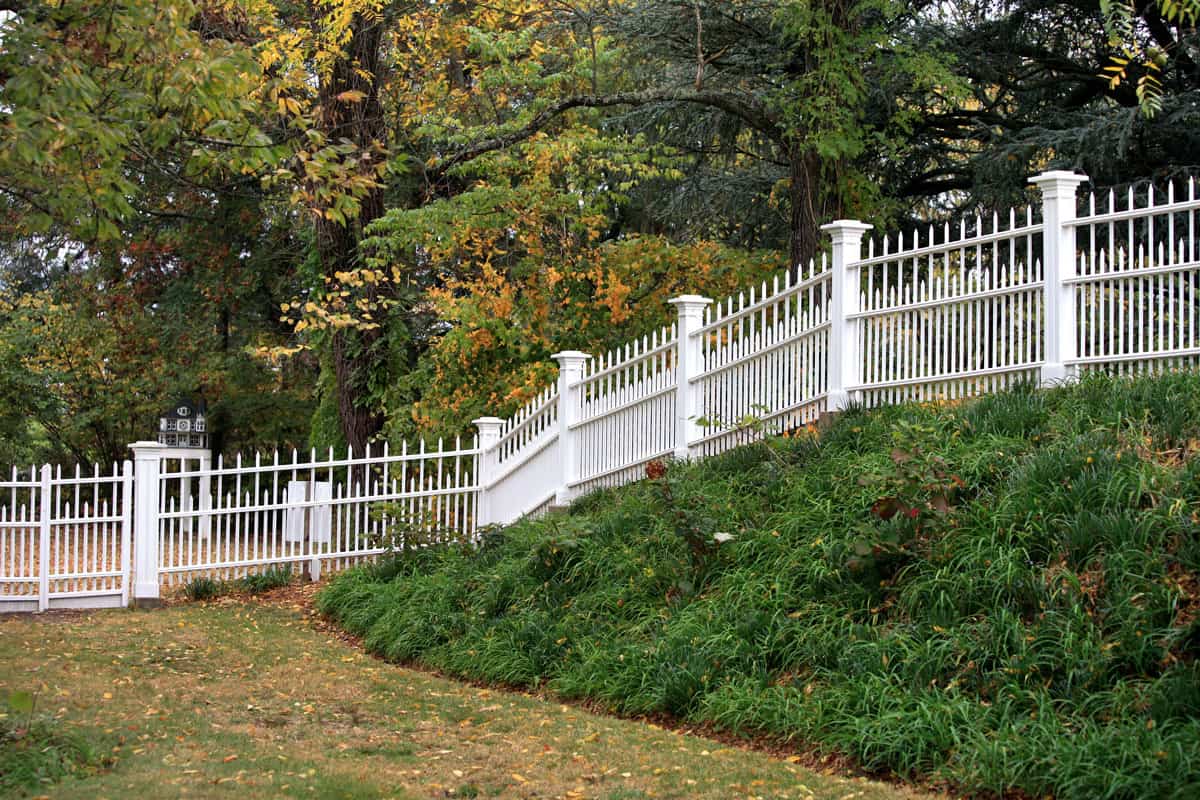
One of the most important decisions you'll make when fencing your property is whether to go with a stepped or racked fence. Both have their pros and cons, so it's important to take a variety of factors into consideration before making a decision.
Amount of Space Available
A stepped fence requires more space because it must install separately each panel. A racked fence, on the other hand, can be installed in a smaller space since the panels can be attached to one another.
Style
You'll also need to think about the overall look you're going for. A stepped fence has a more traditional appearance, while a racked fence has a more modern look.
Amount of Maintenance Required
Racked fences tend to require more upkeep, as they are more likely to develop gaps and slats that need to be replaced. Stepped fences, on the other hand, are typically more durable and require less frequent maintenance.
Ultimately, the best way to choose between a stepped and racked fence is to weigh all of the factors and decide which option is best for your needs.
Final Thoughts
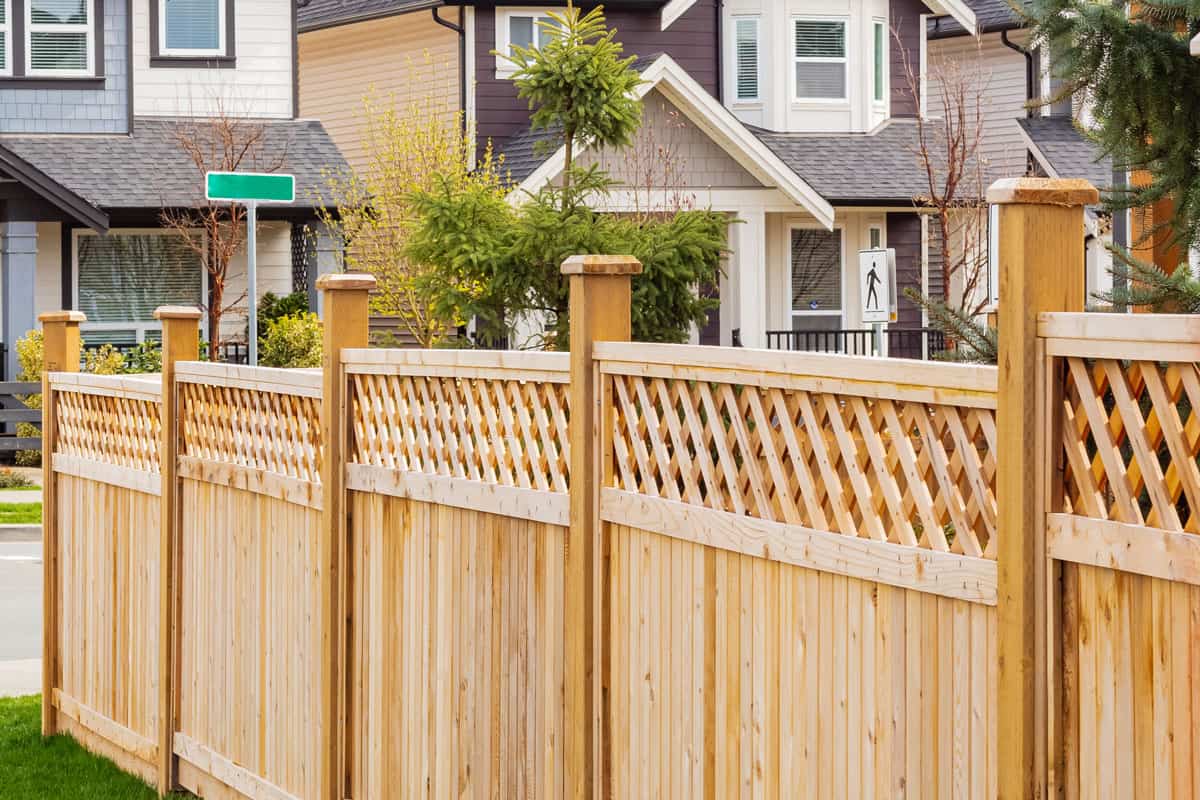
If you are considering installing a fence for your home, you can always choose between a stepped and racked fence. Review the list above to decide which one you prefer the most. Additionally, you can always call an expert to hear their suggestions for the best fit fence for your land.
To get more ideas on your fences, don't forget to review the following posts below:
How Long Does It Take To Dig A Hole With A Post Hole Digger?

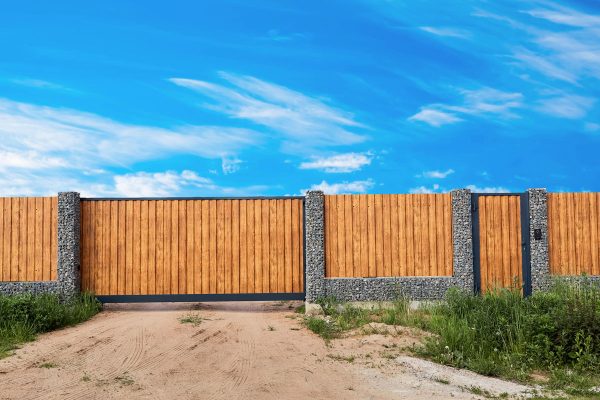
![Close board fence erected around a garden for privacy with wooden fencing panels, concrete posts and kickboards for added durability, Are Gravel Boards Treated? [And How Long Do They Last]](https://fencefixation.com/wp-content/uploads/2022/06/Close-board-fence-erected-around-a-garden-for-privacy-with-wooden-fencing-panels-concrete-posts-and-kickboards-for-added-durability-600x400.jpg)
